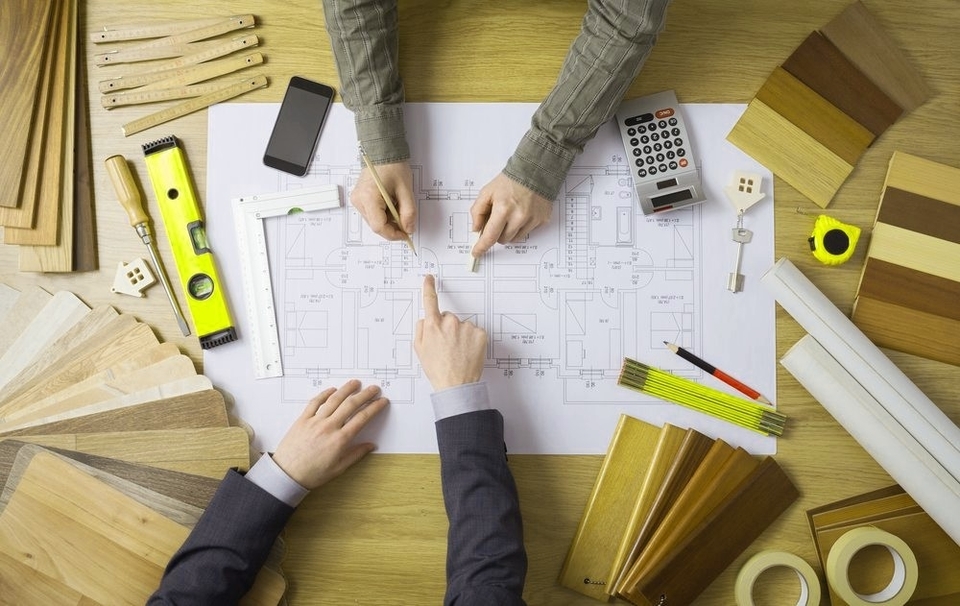
A Construction Design Meeting is a meeting that is held between the design team and the construction team during the design development phase of contractor design-led projects. The purpose of such meetings is to provide the project team with a collaborative forum for problem-solving and decision-making about the design .
The design process is an iterative process, where, at each iteration, there are inputs, there is a design process and then there are outputs . Building design is typically multi-disciplinary, involving a number of different designers, such as architects, engineers and so on, working together to create a single, holistic solution . Design teams typically start as a relatively small group, but as the design progresses, there is an ever-greater need for specialist input, and so design teams can develop to become large and complex . This is increasingly the case given the complexity of the supply chain in the modern construction industry . It is important therefore that design teams are properly organised and coordinated so it is possible to integrate designs prepared by different members of the team to create a single set of unified information .
Design team meetings are typically coordinated by the lead designer, if one has been appointed, and may include all, or part of the design team. Sub meetings may also be organised to deal with specific aspects of the design, such as the structure, building services and so on . Design team meetings will generally be restricted to those issues specifically to do with the developing design, and will only be attended by members of the design team. Other issues are better dealt with at wider, project team or progress meetings which might also involve project managers, the client or their representatives and so on . Depending on the stage of the project, the number of attendees and the issues that need to be considered, design team meetings can be very structured, or they can be more creative . In either case, it is important that they are properly organised, with an agenda sent out well in advance so that participants know what will be expected from them, and that they are minuted so that any actions or decisions are captured and can be followed up . They should be scheduled so that appropriate decisions can be made and work coordinated to meet the project programme . There may be outputs from design team meetings, such as reports to the lead consultant, project manager or client, requests for information, requests for approvals, instructions to contractors and so on . Other parties may also have to be consulted regarding the progress of the design, such as users of the building, neighbours, the local planning authority, the building control body and so on .
The agenda for a design team meeting might include the following items depending on the stage of development of a project and the issues that need to be considered :
– Review of the previous meeting’s minutes.
– Review of the project status.
– Review of the project schedule.
– Review of the project budget.
– Review of the project scope.
– Review of the project quality.
– Review of the project risks.
– Review of the project issues.
– Review of the project changes.
– Review of the project deliverables.
– Review of the project requirements.
– Review of the project specifications.
– Review of the project standards.
– Review of the project codes.
– Review of the project regulations.
– Review of the project permits.
– Review of the project inspections.
– Review of the project tests.
– Review of the project commissioning.
– Review of the project closeout.
It is important to note that the Construction Design Meeting is a crucial part of the design process, as it provides a platform for the design team and the construction team to collaborate and make informed decisions about the design. It is
